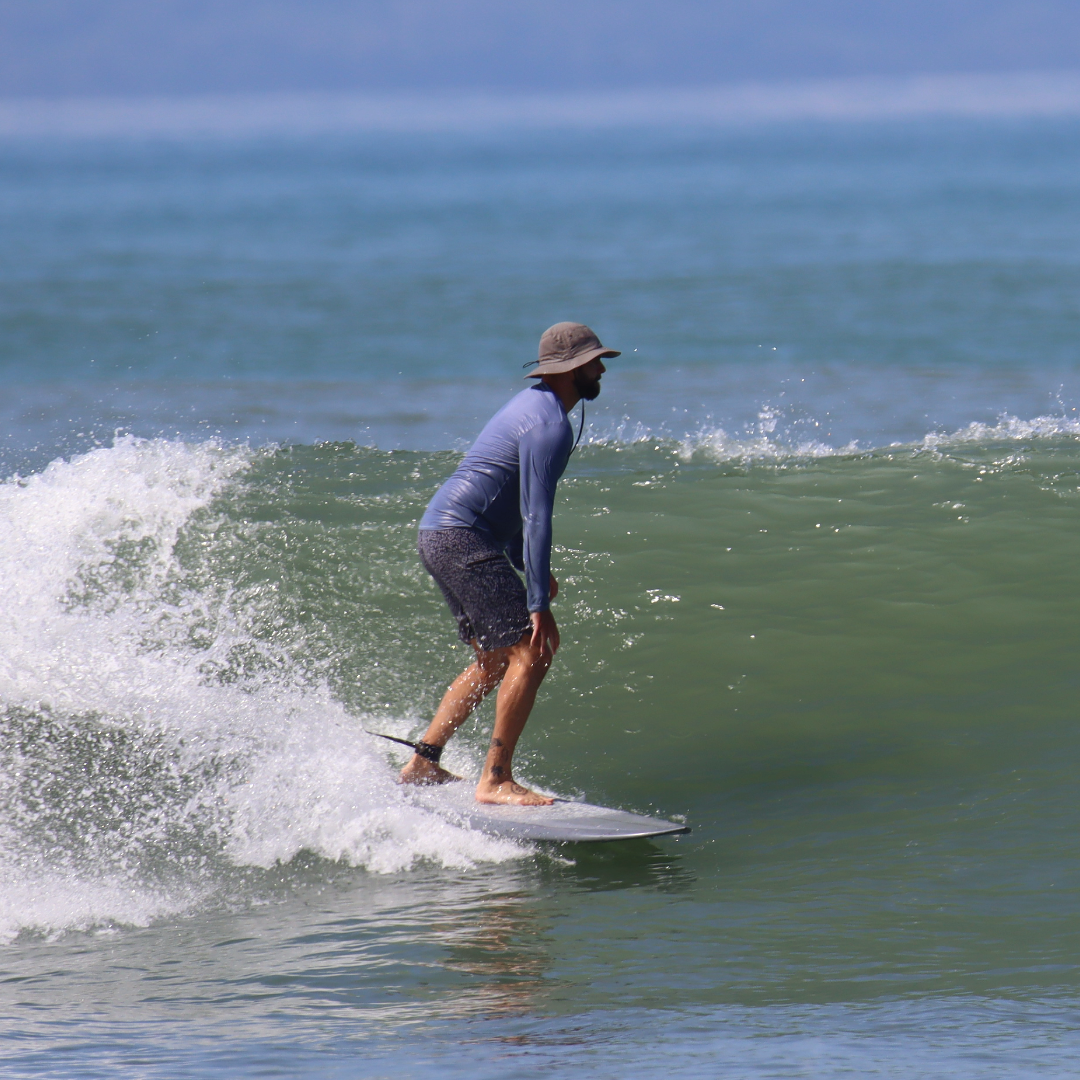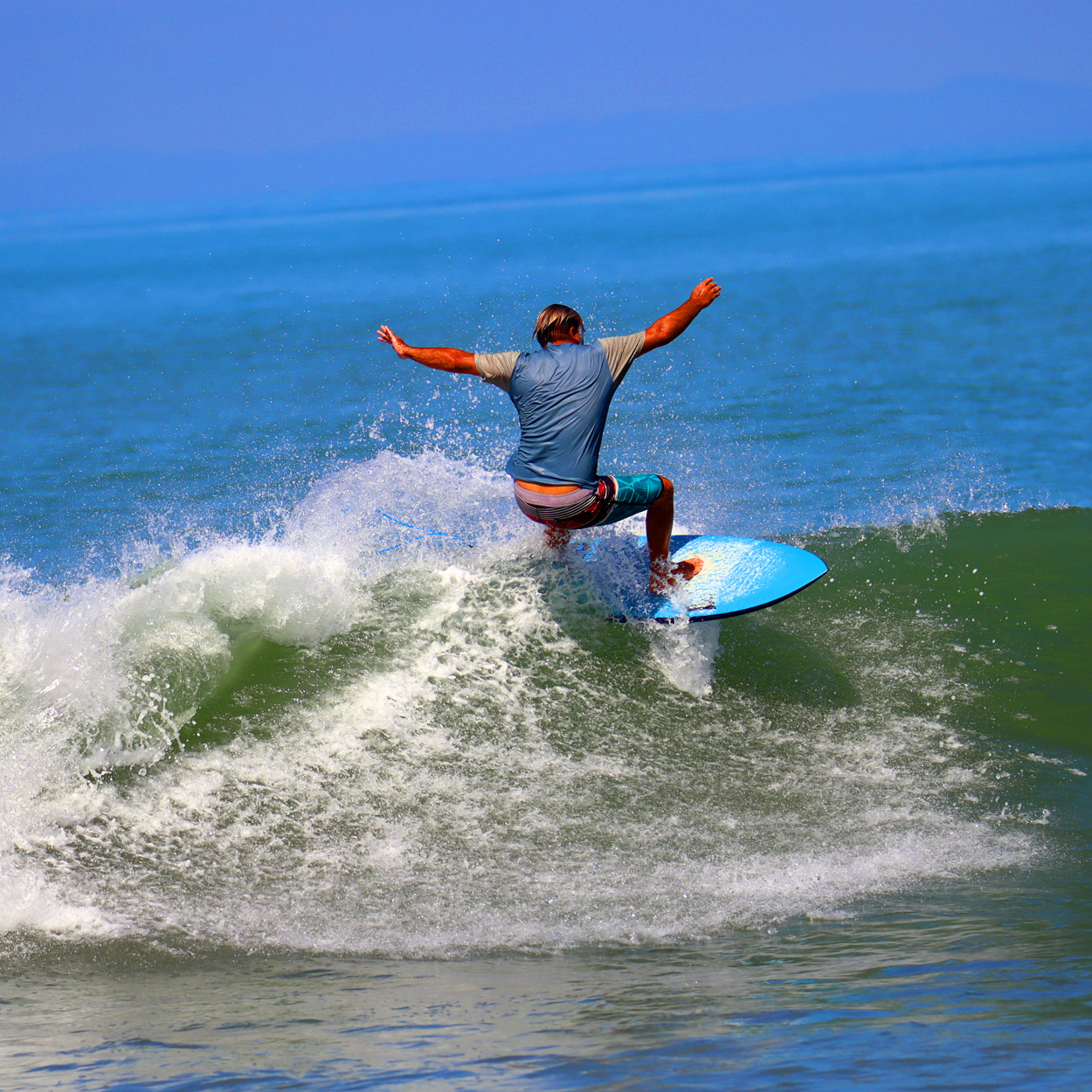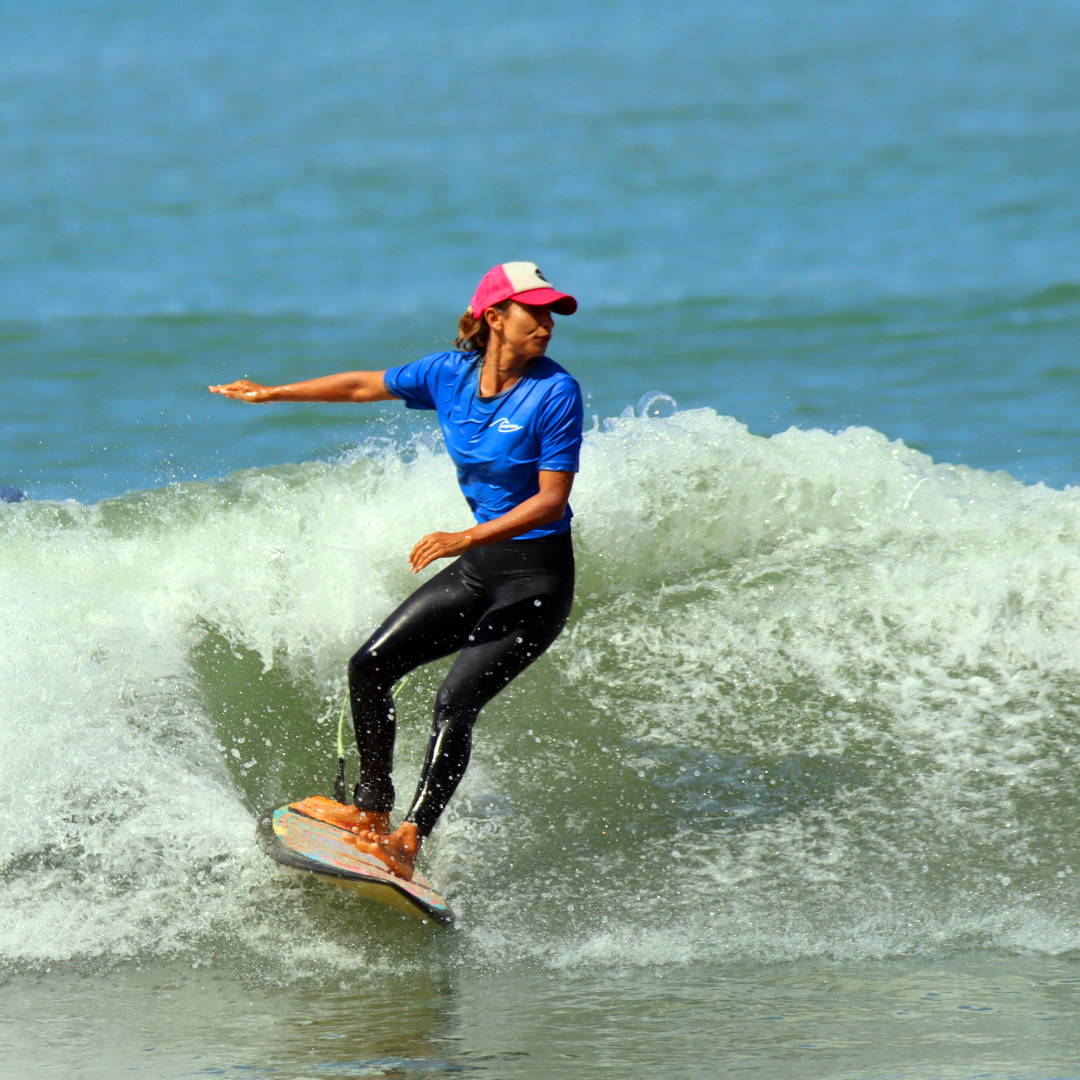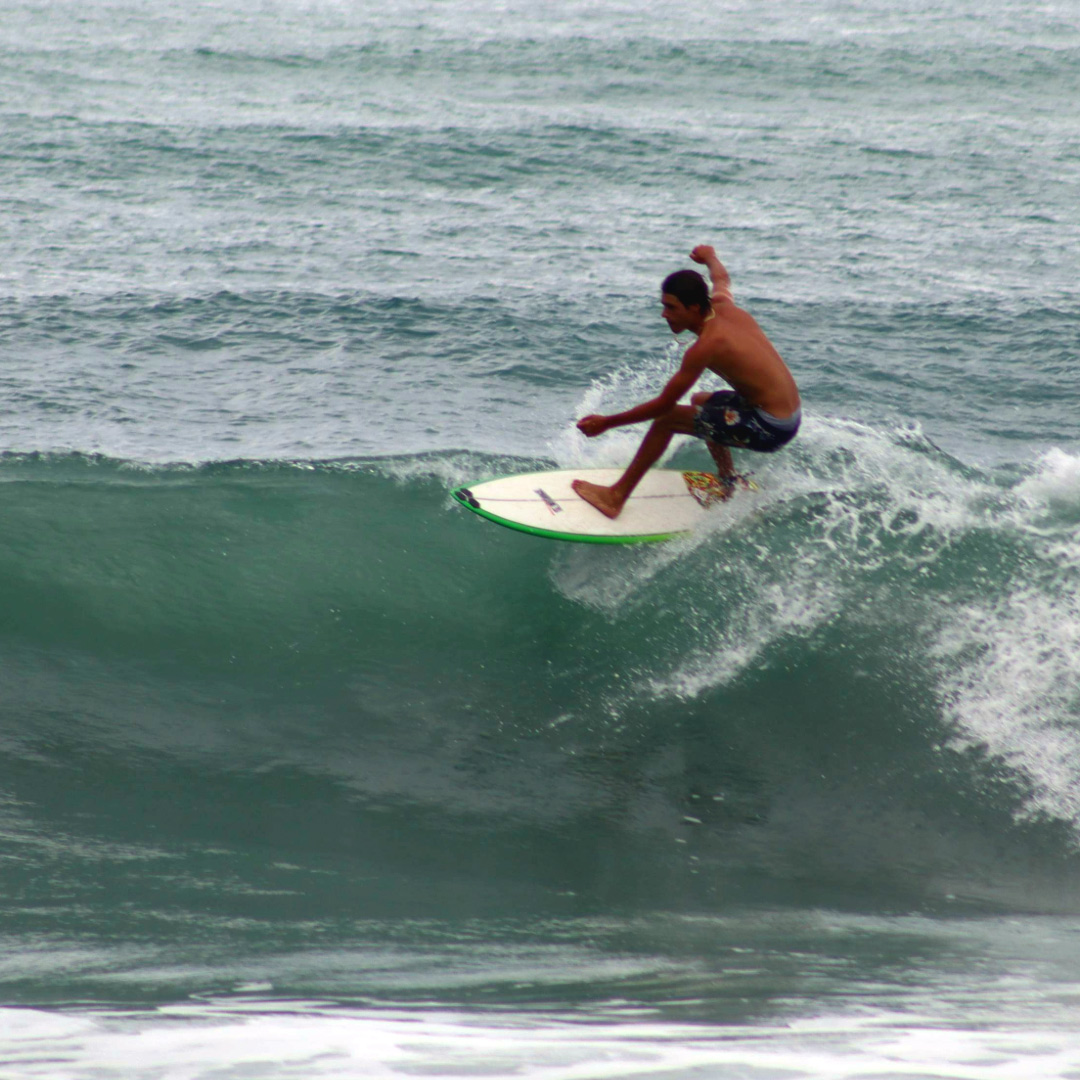
Learning to Surf, what to think about
Embarking on the journey of learning to surf is an exciting and rewarding adventure, but like any new endeavor, it comes with its set of considerations. Before you paddle into the lineup and catch your first wave, here are the top five things to think about to ensure a smooth and enjoyable introduction to the world of surfing.
1. Choose the Right Surf Spot:
Selecting the appropriate surf spot is crucial for beginners. Look for a beach with gentle, slow-breaking waves and a sandy bottom, which is more forgiving than rocky or coral-laden shores. Avoid crowded lineups, as navigating through experienced surfers can be challenging for newcomers. Beginner-friendly breaks typically have a mellow, consistent wave pattern, providing a conducive environment for learning the basics.
Research the local surf conditions, consult surf guides, and consider taking lessons from a certified surf instructor. Their expertise not only ensures your safety but also accelerates your learning curve by providing essential tips on paddling, positioning, and reading the waves.
2. Invest in Quality Beginner Equipment:
As a novice surfer, investing in the right equipment is essential for a positive learning experience. Start with a longboard, which offers stability and ease of paddling, making it ideal for beginners. Longboards are forgiving and provide a stable platform for mastering the fundamentals.
Additionally, ensure your wetsuit is suitable for the water temperature of your chosen surf spot. A comfortable, well-fitted wetsuit not only keeps you warm but also protects your skin from abrasions and the sun. Booties and gloves may be necessary in colder climates, providing added insulation and protection.
3. Understand Surfing Etiquette:
Surfing is not just about catching waves; it’s also about sharing the lineup with other surfers. Before you paddle out, familiarize yourself with basic surfing etiquette. Respect the right of way, avoid “dropping in” on someone else’s wave, and communicate with fellow surfers using gestures or simple nods.
Understanding and adhering to surf etiquette not only ensures a harmonious experience in the water but also promotes a positive and respectful surfing culture. Be patient, observe the behavior of more experienced surfers, and integrate yourself into the lineup with courtesy and consideration.
4. Focus on Safety:
Prioritize safety as you embark on your surfing journey. Start by becoming proficient in swimming, as strong swimming skills are fundamental to your safety in the water. Practice paddling and duck-diving techniques to navigate through oncoming waves effectively.
Always be aware of your surroundings, including other surfers, potential hazards in the water, and changing weather conditions. Pay attention to the lifeguard’s advice, respect posted warnings, and avoid surfing during extreme weather or dangerous sea conditions.
Additionally, consider using a surf leash to keep your board attached to your ankle. A leash prevents your board from drifting away in the waves, making it easier to retrieve and minimizing the risk of accidents.
5. Embrace a Positive Mindset and Persistence:
Learning to surf is a journey that requires patience, perseverance, and a positive mindset. Understand that progress may be slow initially, but each session in the water contributes to your growth as a surfer. Celebrate small victories, whether it’s successfully catching a wave or mastering a new maneuver.
Stay open to feedback, be receptive to guidance from experienced surfers or instructors, and don’t be discouraged by wipeouts or challenging conditions. Surfing is as much about enjoying the learning process as it is about riding waves. Embrace the inherent joy of being in the ocean and the sense of accomplishment that comes with conquering new challenges.
As you prepare to paddle into the world of surfing, keep these considerations in mind for a safe, enjoyable, and fulfilling experience. Choose the right surf spot, invest in quality equipment, understand and practice surfing etiquette, prioritize safety, and maintain a positive mindset. With these elements in place, you’ll be well-prepared to catch your first wave and embark on a lifelong journey of riding the ocean’s rhythms. So, grab your board, don your wetsuit, and get ready to paddle in and ride on!



